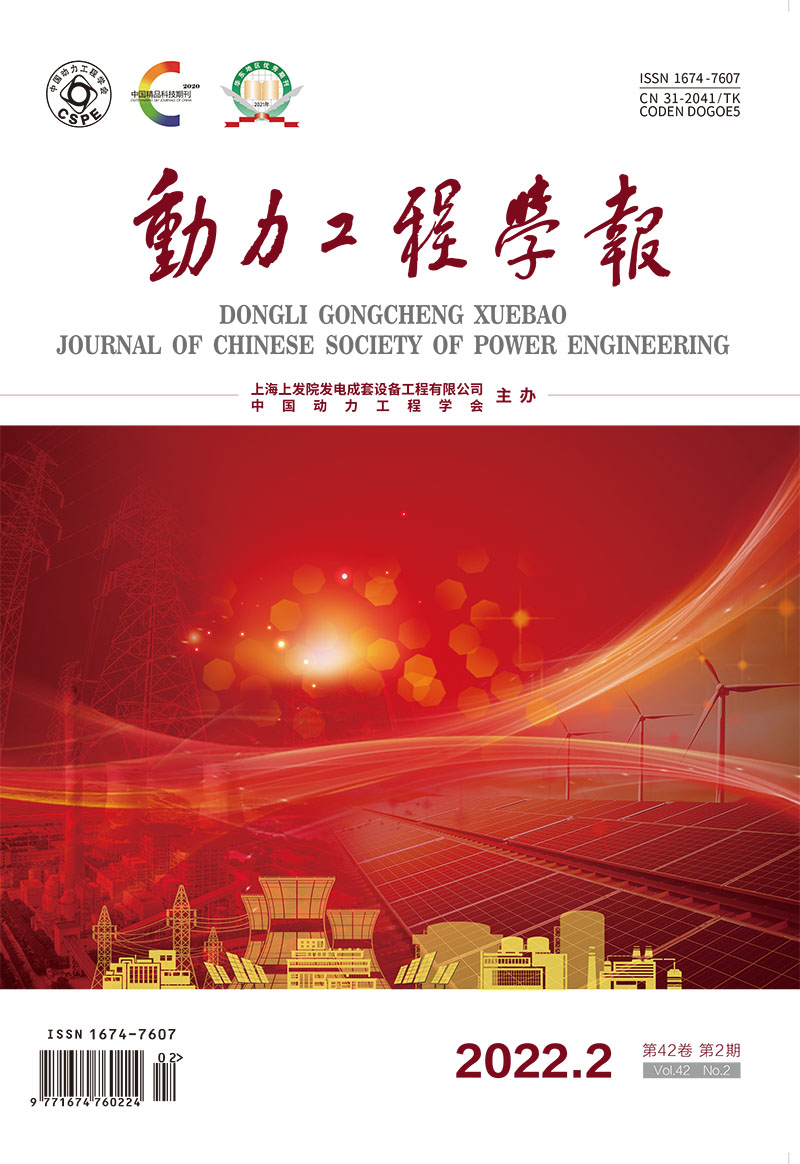Steam Turbine and Gas Turbine
SHI Honghui, ZHANG Pan, CAO Rongxiu, YUE Guangxi, WANG Xing
The aerodynamic performance and flow characteristics of the last five stages of the low-pressure cylinder of steam turbine under small flow rate were studied by numerical method. The variation of aerodynamic parameters and flow field structure of the final stage of the low-pressure cylinder under six working conditions were analyzed. The efficiency, enthalpy drop distribution, meridian streamline, flow structure, flow angle and temperature distribution of the last five stages of the low-pressure cylinder were obtained. Results show that the total-total isentropic efficiency and power output of the last five stages in the low-pressure cylinder decrease as the inlet mass flow rate decreases. At 5.6% design mass flow rate, the total-total isentropic efficiency and output power of the last five stages decrease by 23.5 % and 89.9 % respectively compared with the design condition. As the inlet mass flow rate decreases, the inlet relative flow angle of last rotor blade is increased gradually. The flow separation occurs near the leading edge of the pressure surface due to the negative attack angle, and the flow separation occurs near the trailing edge of the suction surface due to the inverse pressure gradient. As the inlet mass flow rate decreases, the temperature on last stage rotor blade is increased. Under the condition of small flow rate, backflow appears at the outlet of low-pressure cylinder and annular vortex appears at the top of last stage rotor blade. Under the relative mass flow rate of 14.2%, the recirculation zone of the final rotor develops to 60% relative leaf height along the radial direction. Under the condition of 5.6% relative mass flow rate, the recirculation zone extends from the last stage to the penultimate stage.
